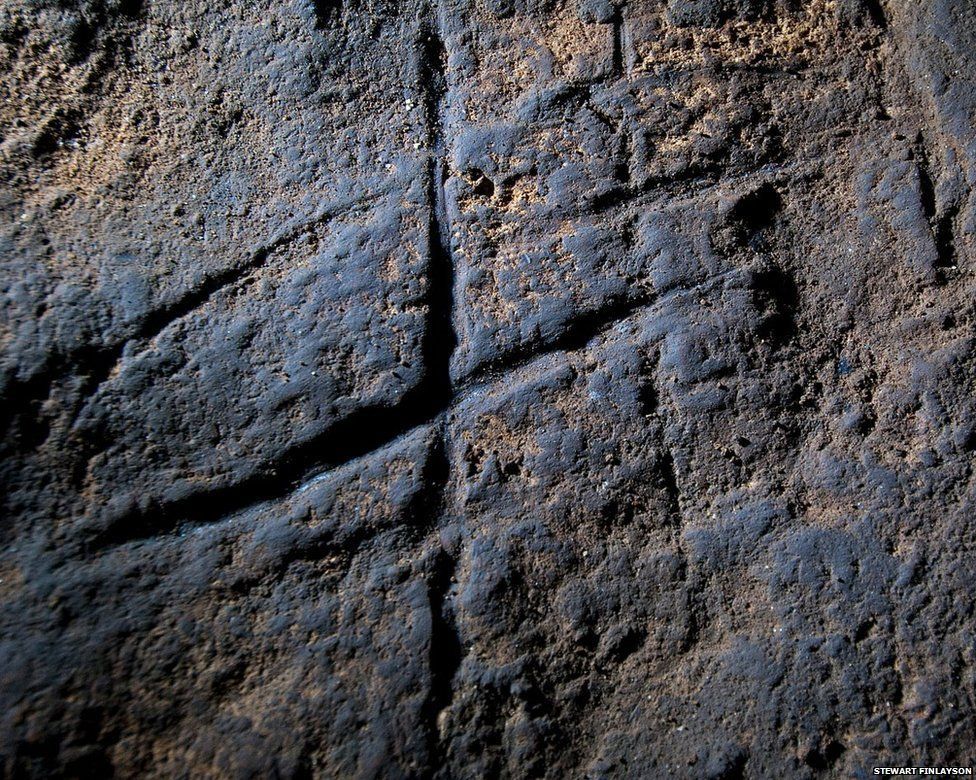Long before modern humans walked the earth, there lived in Europe another species off humansthe Neanderthals.
Its unclear exactly when Neanderthals appeared on the scene.
Estimates range from 300,000 years to as far back as 800,000 years ago.

Their date of extinction is also uncertain.
One such location is the Gorham’s Cave complex.
Neanderthal family group at the entrance to a coastal cave, by Charles R. Knight (1920).

When the cave was first inhabited some 55,000 years ago, the shore was approximately 5 km away.
However, after the last ice age ended and global sea level rose, the sea came nearer.
Now the cave is only a few meters from the Alboran Sea.

Subsequent excavation revealed sediments 18 meters thick deposited during different periods of time.
Embedded within these sediments were evidence of habitation that dates all the way back to 47,000 years ago.
The most interesting era was between 32,000 to 24,0000 years when the cave was inhabited by Neanderthals.

View from Gorham’s Cave.
Photo:John Cummings/Wikimedia
The first remnant of Neanderthals, a skull, was discovered in 1848.
They declared that the skull belonged to a new species and proposed it be calledHomo calpicus.
Only later it was realized that the skull was a specimen ofHomo neanderthalensis.
The skull was the first Neanderthal adult cranium to be discovered and, although small, is nearly complete.
More recent excavation carried out in 1994 revealed a Neanderthal landscape found nowhere else.
These scratch marks on the wall of the cave is believed to have been made by Neanderthal.
Animal remains found in the caves show that the Neanderthals were active hunters.
They also hunted red deer and other grazing animals.
The Neanderthals were intelligent beings.
They disappeared between 45,000 and 42,000 years ago when the climate abruptly became extremely cold, arid and unstable.
The fertile savannah was replaced by pine forests while higher ground became an arid steppe.